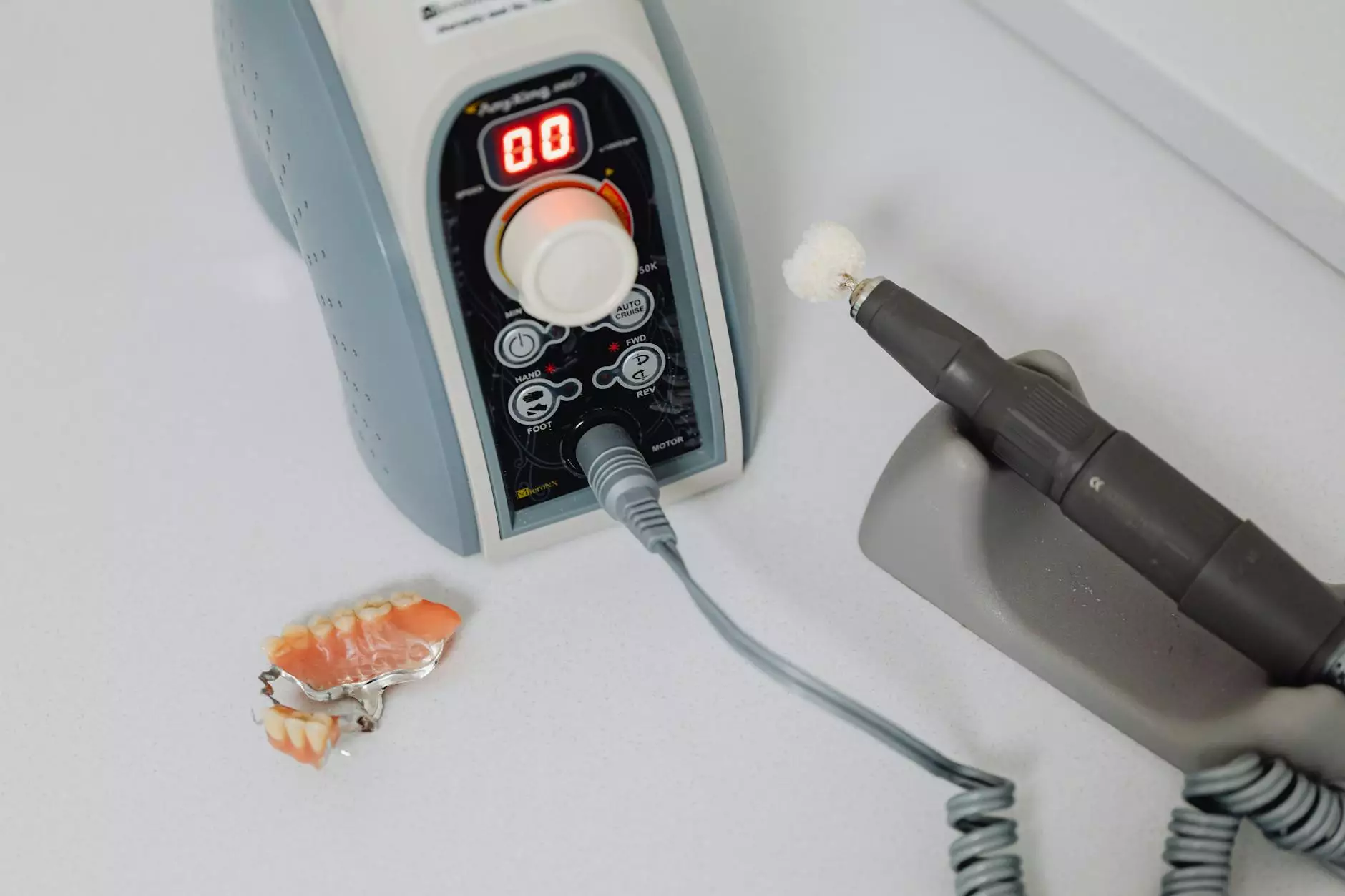Understanding Leg Swelling After Surgery: Causes, Management, and Prevention

Leg swelling after surgery is a common post-operative condition that may cause concern for many patients. While some swelling is a normal part of the healing process, excessive swelling can indicate complications. In this comprehensive article, we will delve into the causes, management strategies, and preventive measures that can help you recover comfortably and effectively.
What Causes Leg Swelling After Surgery?
Leg swelling after surgery can arise from various factors. Understanding these causes is crucial for addressing the issue effectively.
1. Surgical Trauma
During surgery, tissues may be manipulated and disrupted, leading to inflammation and swelling in the legs. This is especially true for surgeries involving the lower body, such as joint replacements or vascular surgeries.
2. Fluid Retention
Fluid retention is another major factor contributing to leg swelling. Surgical procedures can cause the body to retain fluid while it heals. This is often temporary but can last longer in some patients.
3. Positioning During Surgery
Patients are often in a specific position for extended periods during surgery, which can hinder circulation and lead to swelling. For example, if a patient’s legs are immobilized, it can impede venous return, leading to increased swelling post-surgery.
4. Lymphedema
In some cases, removal or damage to lymph nodes during surgery can lead to lymphedema, a condition characterized by fluid build-up in tissues, resulting in noticeable swelling.
5. Medications
Certain medications, such as those used for pain management or steroids, can contribute to fluid retention and swelling as a side effect.
When Is Leg Swelling After Surgery Considered Normal?
It’s essential to differentiate between normal and abnormal swelling. Some degree of swelling is common and should be expected in the days following surgery. Here are some indications of normal swelling:
- Discomfort that decreases over time.
- Swelling that is localized and symmetrical.
- Reduction in swelling with elevation and movement.
- No signs of infection, like increased redness or warmth.
Signs of Complications
While minor swelling is typically harmless, it’s crucial to be aware of signs that might indicate a complication. Seek medical attention if you notice any of the following:
- Severe swelling that increases over time.
- Pain that is disproportionate to expected post-operative pain.
- Signs of infection, such as fever, chills, or unusual discharge.
- Swelling in only one leg, suggesting potential issues such as deep vein thrombosis (DVT).
Management Strategies for Leg Swelling After Surgery
Managing leg swelling effectively can significantly improve recovery and comfort. Here are some strategies you can adopt:
1. Elevation
Keeping the legs elevated, especially in the first few days after surgery, can promote fluid drainage and reduce swelling. Aim to elevate your legs above the level of your heart for optimal results.
2. Compression Therapy
Wearing compression stockings can enhance venous return and minimize swelling. These stockings come in various sizes and compression levels, so it’s important to consult with your doctor about the best option for your needs.
3. Gentle Movement
Engaging in light physical activity, as permitted by your surgeon, can stimulate circulation and help reduce swelling. Simple ankle pumps and foot circles can be beneficial.
4. Stay Hydrated
Drinking plenty of fluids helps to flush excess sodium from your body, which may contribute to swelling. Just ensure you’re following any specific fluid restrictions given by your healthcare provider post-surgery.
5. Medication Management
Discuss with your doctor about medications that might be contributing to swelling, and explore options to mitigate these effects. Sometimes diuretics may be prescribed to help reduce fluid retention.
Preventing Leg Swelling After Surgery
While some swelling may be inevitable, there are proactive steps you can take to minimize swelling throughout your recovery.
1. Preoperative Education
Understanding what to expect can significantly aid in recovery. Speak with your surgical team about potential risks and strategies to reduce swelling before your procedure.
2. Prehabilitation
Consider engaging in prehabilitation exercises designed to strengthen your legs and improve your circulation before surgery. This can prepare your body for recovery and lower the risk of complications.
3. Optimize Nutrition
Maintain a balanced diet rich in vitamins and minerals, particularly those that support vascular health, such as Vitamin C and Omega-3 fatty acids. Proper nutrition can aid in faster recovery and reduce inflammation.
4. Follow Prescribed Instructions
Adhering strictly to your surgeon's postoperative instructions is crucial. This includes advice on movement, hydration, and any prescribed therapies or medications.
5. Monitor Your Progress
Keep a close eye on your swelling and any other symptoms during your recovery. Early detection of issues can lead to timely intervention, ensuring better outcomes.
Consulting a Vascular Specialist
If you experience persistent or severe swelling after surgery, it may be beneficial to consult a vascular specialist. These healthcare providers, such as those at trufflesveinspecialists.com, have expertise in managing complications related to leg swelling and can provide personalized treatment plans tailored to your specific condition.
Conclusion
In conclusion, leg swelling after surgery is a common occurrence that can vary in severity. While some swelling is part of the natural healing process, understanding the signs of complications and implementing effective management strategies can help ensure a smooth recovery. Consult with healthcare professionals for personalized advice and remember to take proactive measures to minimize swelling.
By following the guidelines mentioned above, you can navigate your recovery journey more effectively, reducing discomfort and promoting health after surgery. Remember, the goal is to get you back on your feet as quickly and safely as possible.









